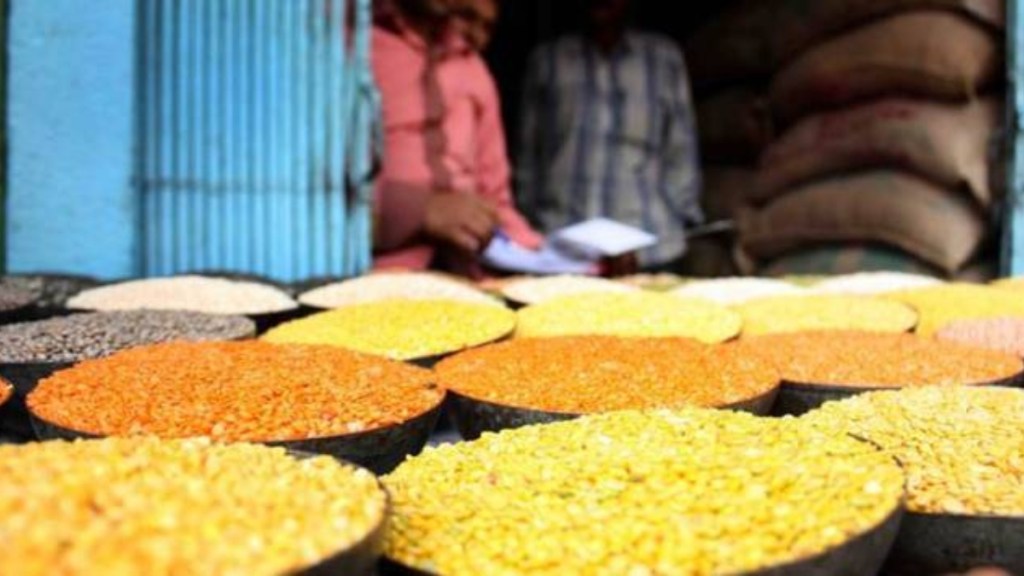To prevent hoarding and curb the price rise in pulses, the government imposed stock holding limits on tur and chana effective immediately until September 30.
The stock holding limits are set at 200 tonne for wholesalers, five tonne for retailers, and 200 tonne for large chain retailers. For millers, the limit is the last three months of production or 25% of annual installed capacity, whichever is higher.
Importers of pulses are restricted from holding stocks beyond 45 days from the date of customs clearance. The stock holding limits also apply to the kabuli chana variety.
Mandi prices for tur and chana, which account for about 65% of the country’s total pulses production, have been above the minimum support price (MSP). Chana prices are currently around Rs 7,000 per quintal against the MSP of Rs 5,440 per quintal, while tur prices in the mandi are around Rs 11,800 per quintal against the MSP of Rs 7,000 per quintal for the season.
Trade sources told FE that the government’s move could bring down prices by around Rs 200-300 per quintal from current levels, as the imposition of stock holding limits was widely anticipated.
The department of consumer affairs also directed traders, importers, millers and stockists of pulses to declare their stocks of these items from April 15.
“The imposition of stock limits on tur and chana is part of a slew of measures taken by the government to crack down on prices of essential commodities,” according to an official note.
Inflation in the pulses and products category rose to 17.14% last month year-on-year, compared to 16.84% in April, with the arhar variety reporting the highest price rise of 32.1%. Tur prices have been elevated since December 2022. Inflation in chana was 14.84% last month and has remained in double digits since October 2023.
Import of current year crop of tur from east African countries are expected to arrive from August, 2024 onward, according to an official statement.
Imports of this year’s crop of tur from east African countries are expected to arrive from August 2024 onward, according to an official statement. “These factors are expected to help in bringing down the prices of Kharif pulses like tur and urad in the coming months. The arrival of a new crop of chana in Australia and its availability for import from October 2024 will help maintain the availability of chana to consumers at affordable prices,” it stated. India aims to import about 1.1 MT of chana from Australia this year. India imports about 15% of its pulse consumption.
Earlier this month, Nidhi Khare, secretary at the ministry of consumer affairs, had said the price of pulses, which had been elevated over the last year, is likely to soften from next month due to imports and prospects of higher Kharif crops.
The duty-free imports of tur, urad and masoor (lentils) have been extended until March 31, 2025. Last month, the government removed import duty on desi chana and extended the import duty exemption on yellow peas until October, aiming to curb the spike in chana prices.


